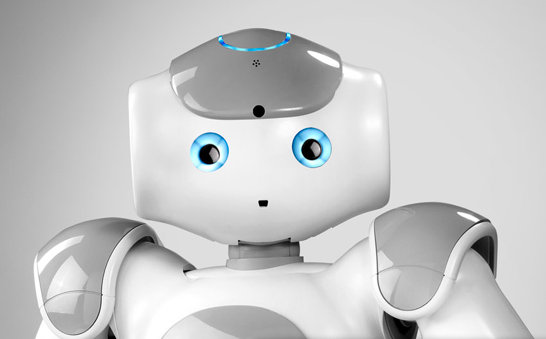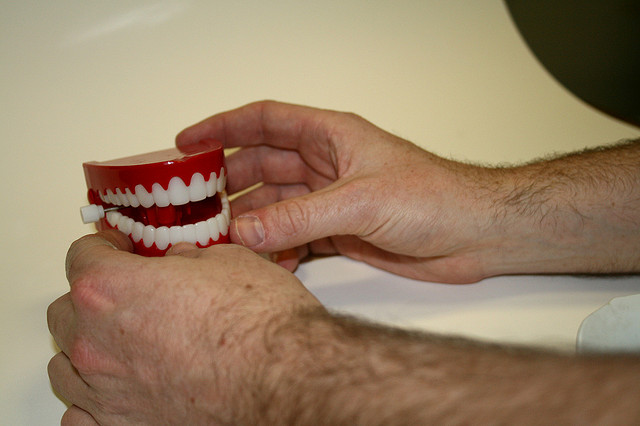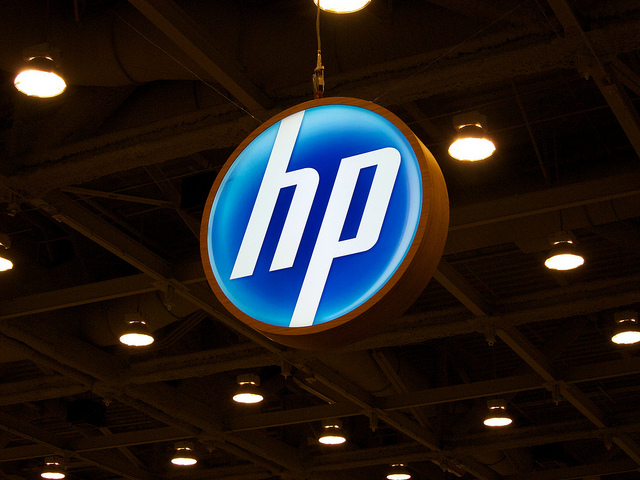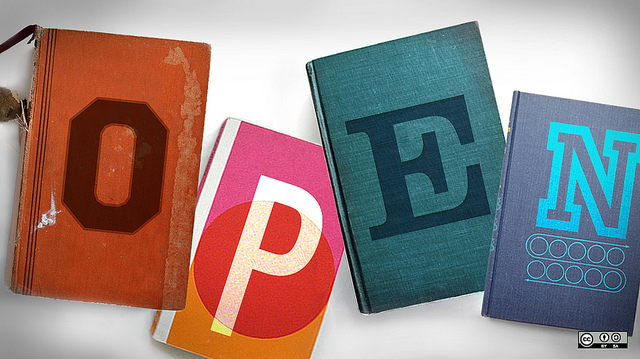3D Printing is no longer a hobbyist’s play. It has become a mainstream science thanks to the work of many innovators. The last few years have seen good amount of innovation in the field of 3D printing, with health care being one of the major beneficiaries of the same.
3D printers are being used for a variety of applications like to production of both internal and external medical devices, artificial implants, human tissues, hip joints and even skull implants. With the new technology being so pervasive in a variety of ways, it is very important for someone to keep a check and avoid any unfortunate developments. This is where the role of FDA (Food and Drug Administration (FDA), the overseeing authority for quality of drugs, devices and food supplies, is very important. The FDA has to assure the public that the new technology is not abused and used judiciously to save the lives of thousands of patients.
In this context, the USFDA has announced public workshop on “Additive Manufacturing of Medical Devices: An Interactive Discussion on the Technical Considerations of 3-D Printing” to discuss the technical considerations of 3-D Printing. It will take place on October 8 and 9, 2014, from 8 a.m. to 5 p.m. at the FDA’s White Oak Campus, 10903 New Hampshire Ave., Bldg. 31 Conference Center, the Great Room (Rm. 1503), Silver Spring, MD. The workshop is aimed at gathering comments from additive manufacturing companies, and medical device manufacturers on the problems, and solutions to those problems, that 3D printing will bring to the table.
Contrary to a typical regulatory agency which often comes up with restrictive policies, FDA’s proactive initiative to understand, create awareness and coordinate the positive impact of 3D printing in the field of health care is commendable.








